With Pelvic Inflammatory Disease, Why Does Infection Spread Easily Into The Peritoneal Cavity?
With pelvic inflammatory disease, why does infection spread easily into the peritoneal cavity?. Acute or chronic suppurative inflammation of female pelvic structures endometrium uterine tubes pelvic peritoneum due to infection by Neisseria gonorrhoeae Chlamydia trachomatis or other organisms typically a complication of sexually transmitted infection of the lower genital tract may be precipitated by menstruation parturition or surgical procedures including abortion. Exudation of fluid into the peritoneal cavity causes the cavity to expand and due to the somatic innervation of the parietal peritoneum results in pain Clinical features include pain and tenderness of the overlying skin and the anterolateral abdominal muscles contract to protect the viscera known as guarding. PID is due to infection of the upper female genital tract resulting in a wide range of pelvic pathology from mild endometritis to pelvic peritonitis.
There are several different types of bacteria that can cause pelvic inflammatory disease. The fallopian tubes are obstructed and purulent exudate cannot drain into the uterus. In many cases its caused by a sexually transmitted infection STI such as chlamydia or gonorrhoea.
Pelvic inflammatory disease is the inflammation of the mucous membranes in the uterus fallopian tubes andor ovaries. Most of the primary infections do not respond to antimicrobial drugs. This is often because the course of antibiotics wasnt completed or because a sexual partner wasnt tested and treated.
The disease is caused by bacteria in the vagina entering and infecting the uterus. Infection of the cervix cervicitis causes mucopurulent discharge. As time passes this infection can move into the pelvic organs.
Pelvic inflammatory disease PID may affect the cervix uterus fallopian tubes andor ovaries. Many different types of bacteria can cause PID. The fallopian tubes are obstructed and purulent exudate cannot drain into the uterus.
Answer the tubes are obstructed and purulent exudate can not drain into the uterus. Patients may also note irregular vaginal bleeding. It is a very common disorder that requires treatment.
Often there may be no symptoms. Pelvic inflammatory disease also known as pelvic inflammatory disorder PID is an infection of the upper part of the female reproductive system namely the uterus fallopian tubes and ovaries and inside of the pelvis.
Signs and symptoms when present may include lower abdominal pain vaginal discharge fever burning with urination pain with sex.
Many different types of bacteria can cause PID. Exudation of fluid into the peritoneal cavity causes the cavity to expand and due to the somatic innervation of the parietal peritoneum results in pain Clinical features include pain and tenderness of the overlying skin and the anterolateral abdominal muscles contract to protect the viscera known as guarding. Answer the tubes are obstructed and purulent exudate can not drain into the uterus. Pelvic inflammatory disease PID may affect the cervix uterus fallopian tubes andor ovaries. PID can become extremely dangerous even life-threatening if the infection spreads to your blood. The condition can return if the initial infection isnt entirely cleared. Acute or chronic suppurative inflammation of female pelvic structures endometrium uterine tubes pelvic peritoneum due to infection by Neisseria gonorrhoeae Chlamydia trachomatis or other organisms typically a complication of sexually transmitted infection of the lower genital tract may be precipitated by menstruation parturition or surgical procedures including abortion. It is a very common disorder that requires treatment. If an episode of PID damages the womb or fallopian tubes it can become easier for bacteria to infect these areas in the future making it more likely that youll develop the condition again.
PID can become extremely dangerous even life-threatening if the infection spreads to your blood. The usual clinical manifestations of acute PID are fever moderate to severe bilateral pelvic pain and a purulent vaginal discharge. The discharge is actually emanating from the cervix but is perceived by the patient as coming from the vagina. Pelvic inflammatory disease is the inflammation of the mucous membranes in the uterus fallopian tubes andor ovaries. Exudation of fluid into the peritoneal cavity causes the cavity to expand and due to the somatic innervation of the parietal peritoneum results in pain Clinical features include pain and tenderness of the overlying skin and the anterolateral abdominal muscles contract to protect the viscera known as guarding. Answer the tubes are obstructed and purulent exudate can not drain into the uterus. Infection of the cervix cervicitis causes mucopurulent discharge.


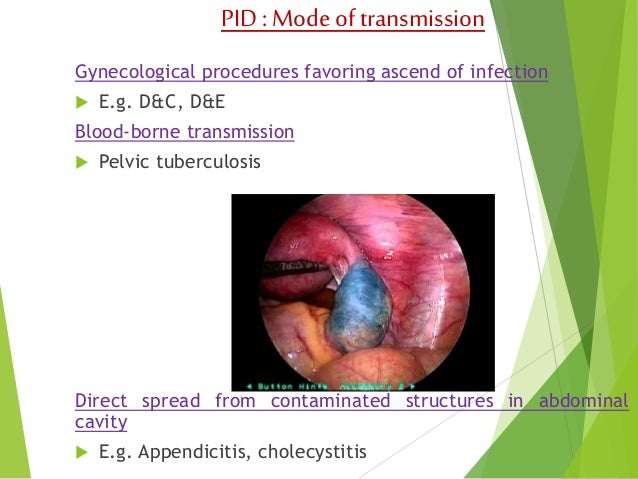





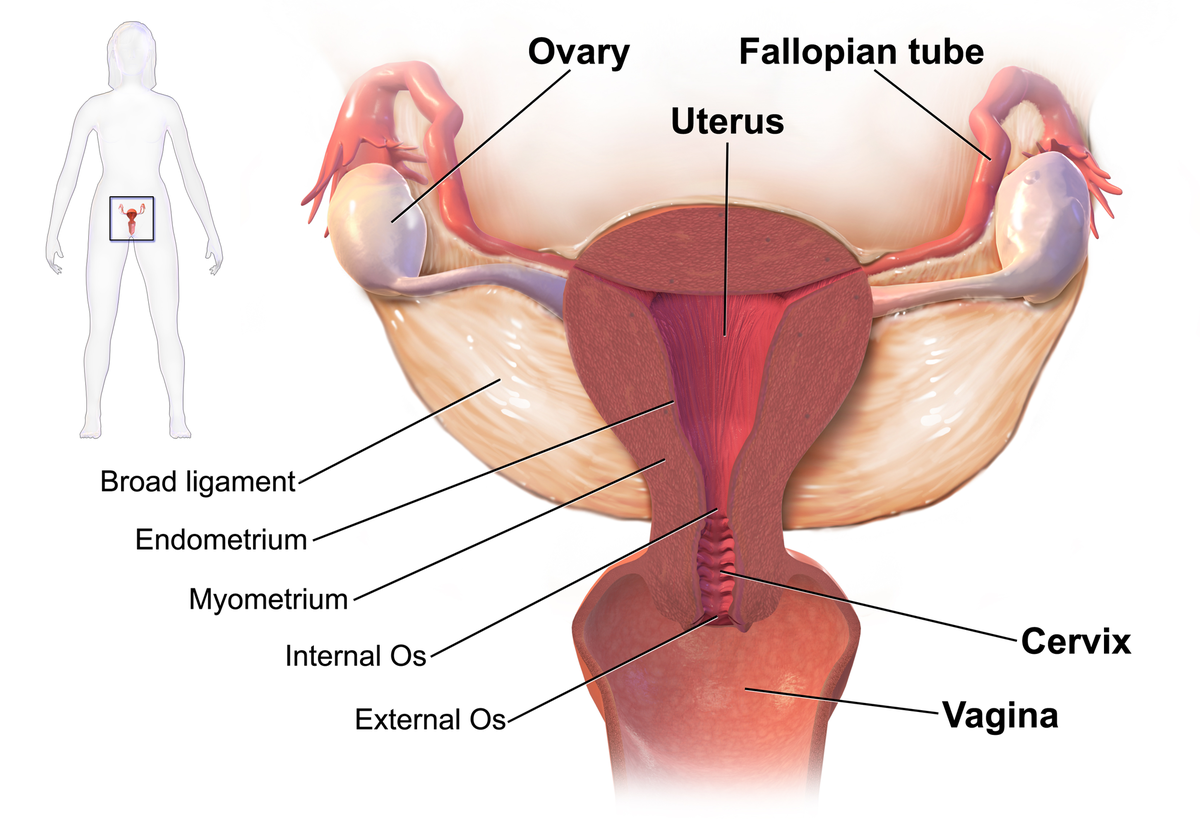








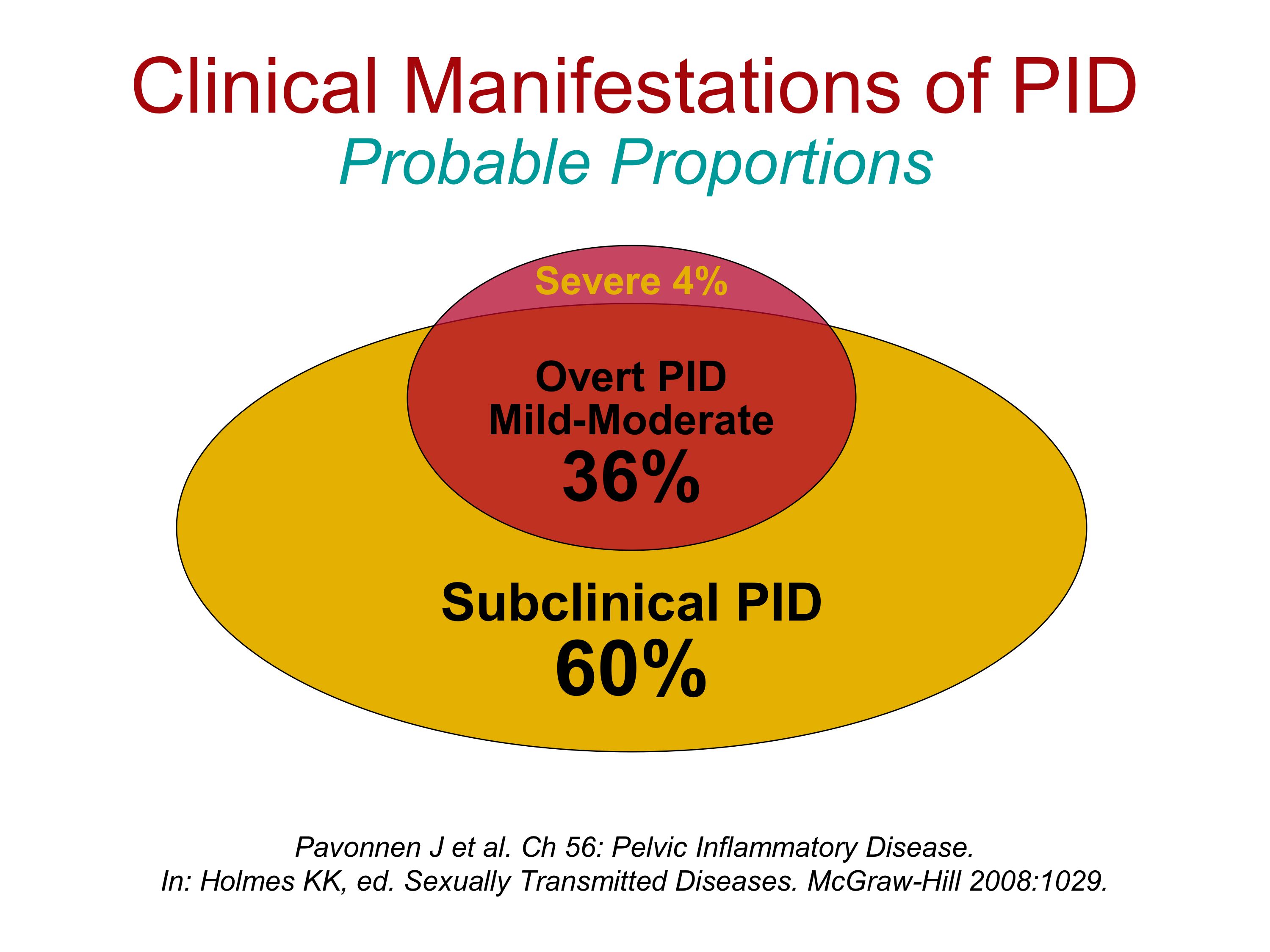
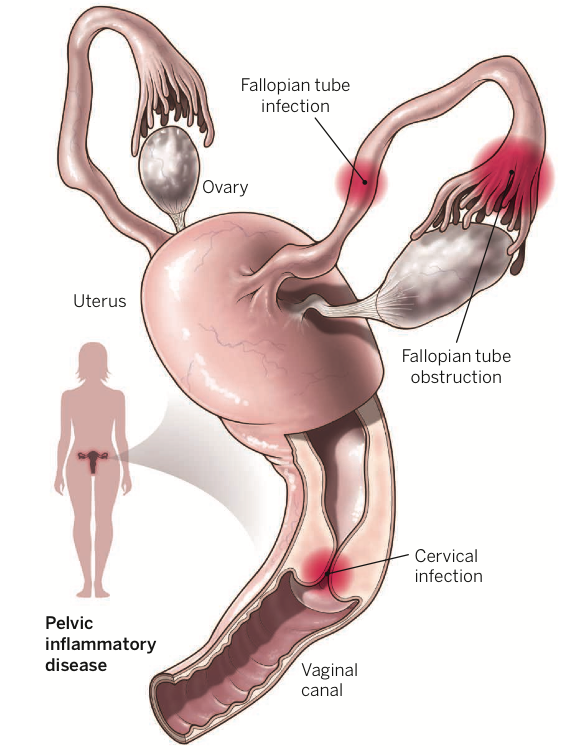






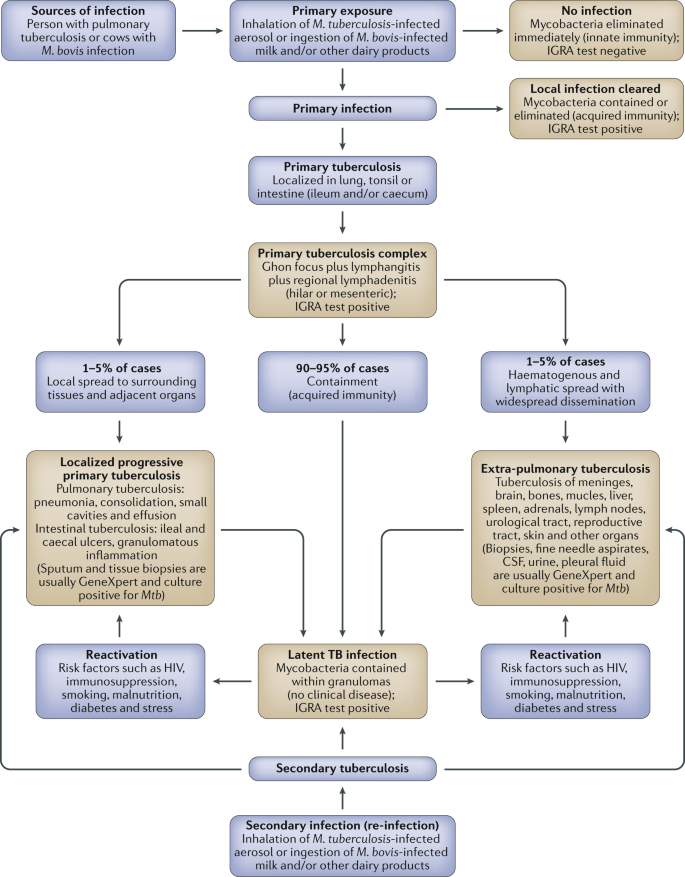



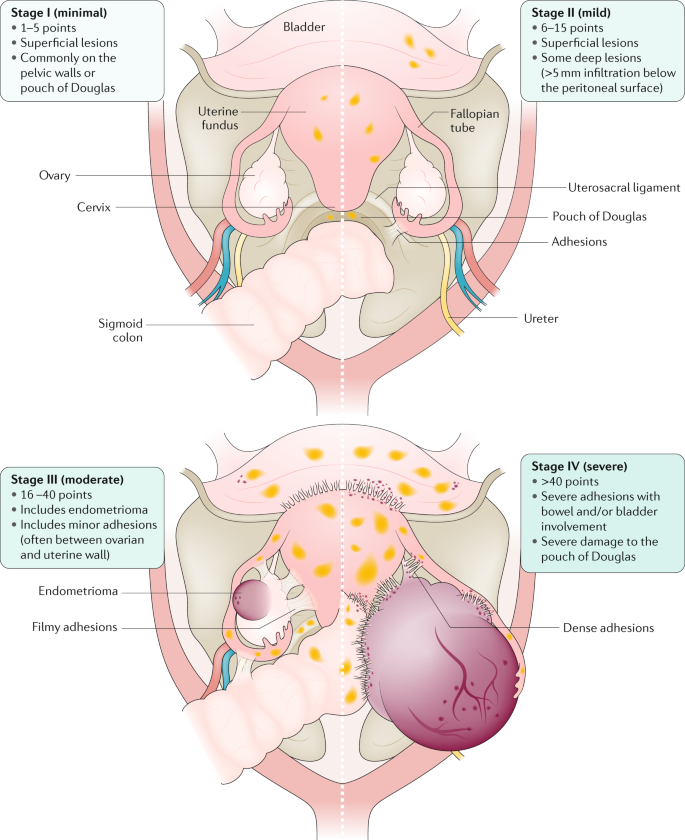



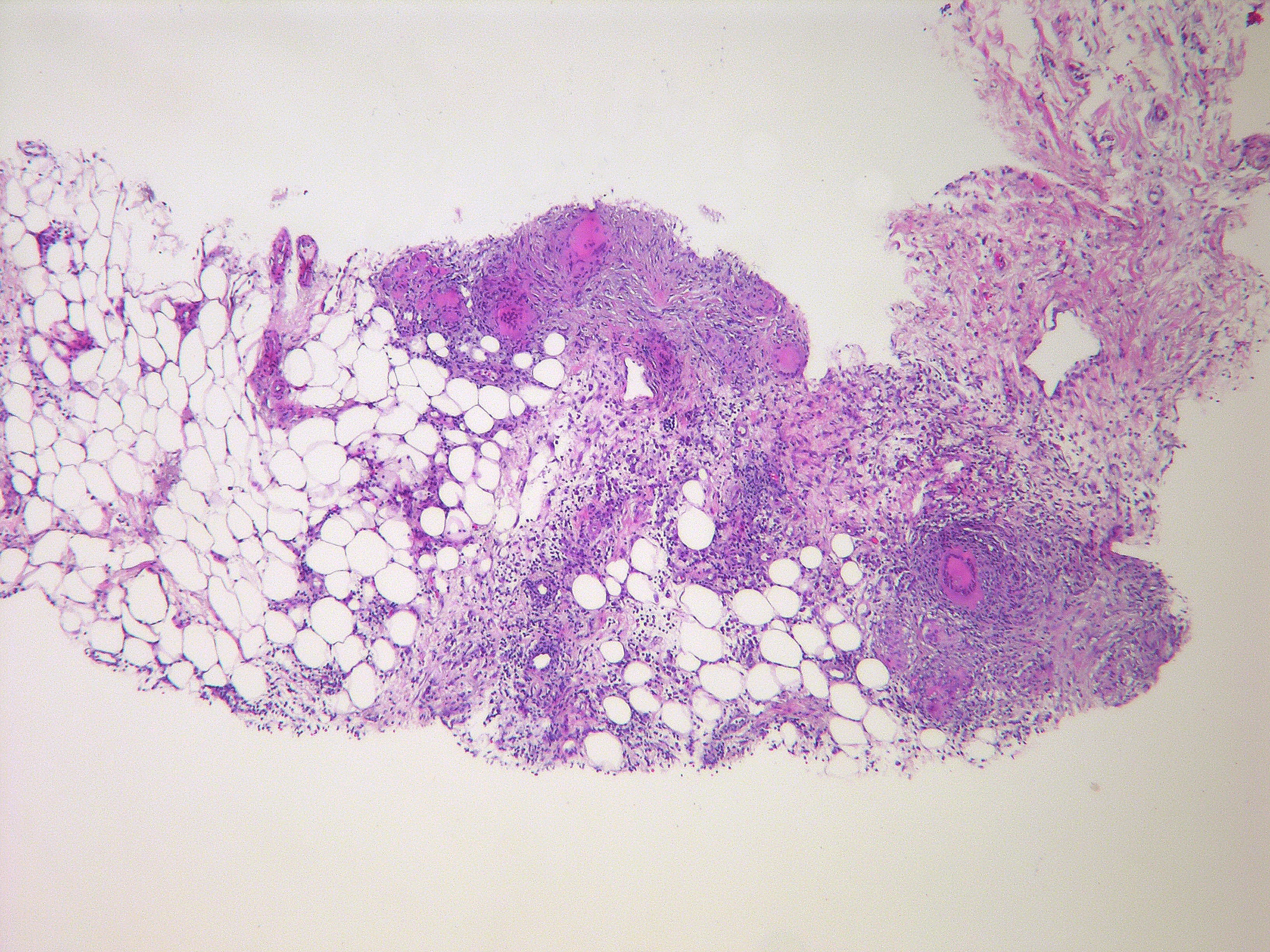







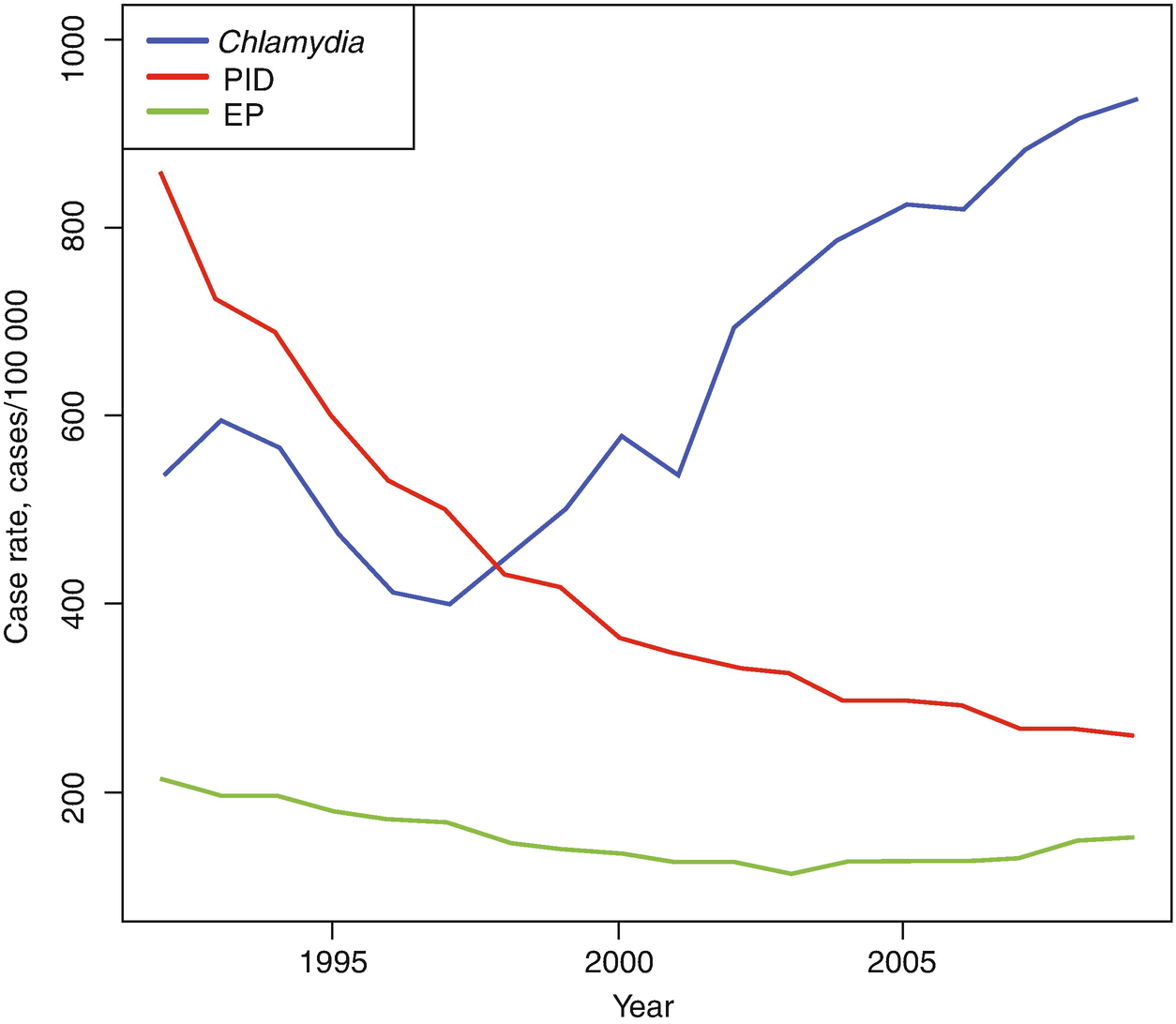

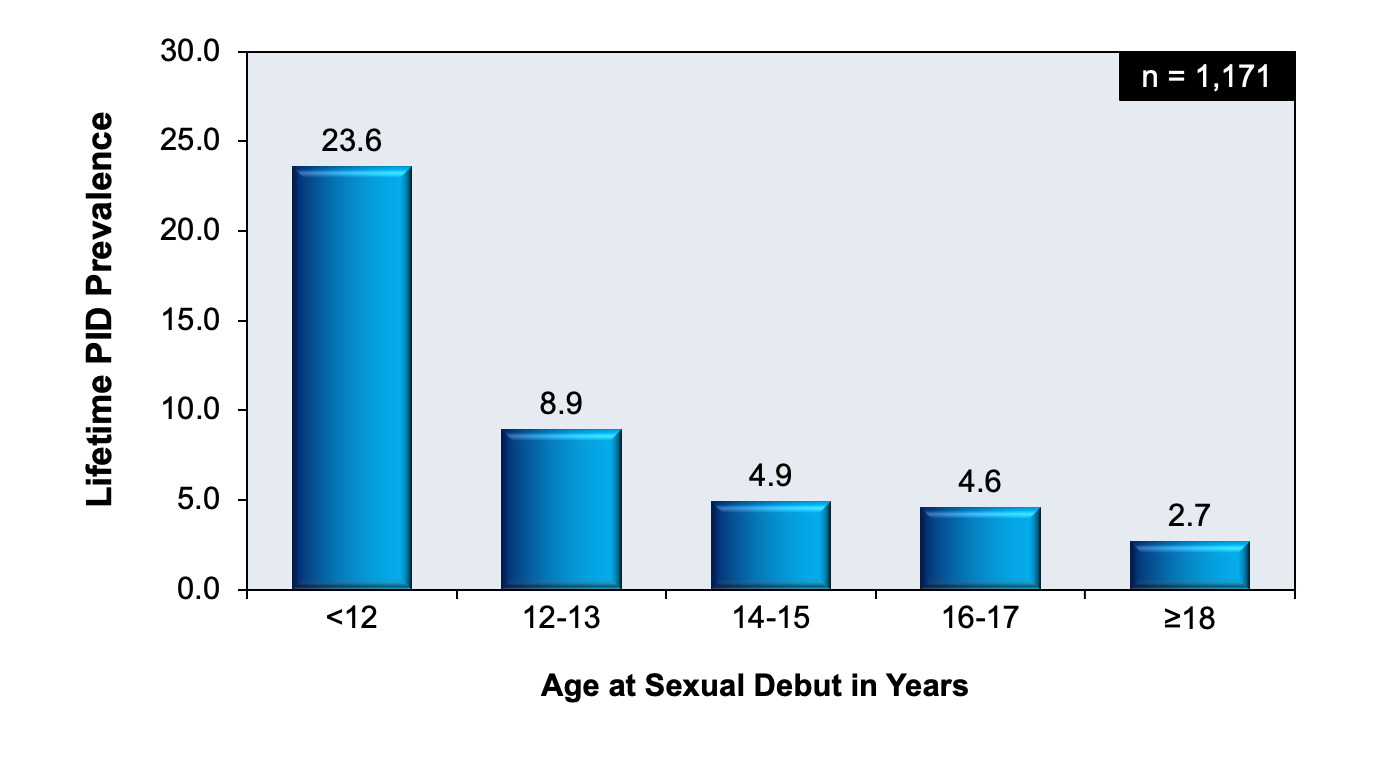
Posting Komentar untuk "With Pelvic Inflammatory Disease, Why Does Infection Spread Easily Into The Peritoneal Cavity?"